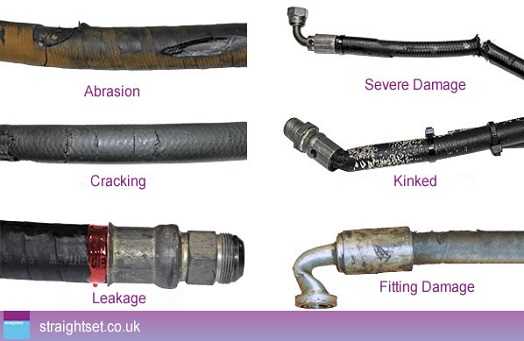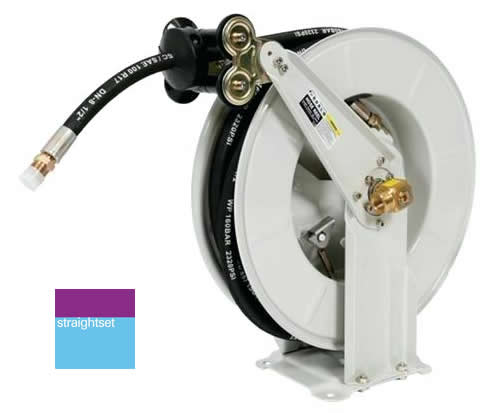This site uses cookies to ensure you get the best experience. Learn more.
Toggle Nav

The dispensing hoses in your workshop are a very important tool when servicing vehicles. Because of the nature of manufacture and end use, hydraulic hose is susceptible to damage. Deformity, corrosion and outer abrasion damage are the most reported problems. Some of the problems can be eliminated by following a few simple rules.

Abrasion damage or outer sleeve wear is normally caused by the hoses not being returned to their reels after each use. Damage caused by the hoses rubbing on the floor is never going to be totally eliminated, but it can be reduced. Another cause of the outer protective sheath getting damaged is the exit rollers on the work bench where the reel is housed becoming tight or the surface of the rollers becoming worn. If the damage progresses to large areas of the surface, this indicates there is clearly a problem that will get worse over time and should be investigated.
Kinking or flattening of the hose may seem like a minor fault in the hose, but internally the core of the hose could have been weakened or torn, which could in time cause the hose to leak.
Corrosion or cracking is caused by a multitude of factors such as excessive use, workshop temperature or different fluids coming into contact with the hose.
Leaking ferrules can be a result of the hose being forced to hang at such an angle that the weight of the attached nozzle can cause pressure on the crimped fixing joint.
Damaged fittings are a cause of leaking around joints. If extra tension is placed on the joints through misalignment or ill fitting adapters, the fittings will become deformed and cause leaks.

Straightset stock a wide range of hoses, reels and spares for all fluid dispensing applications.
For a free quotation, call 01909 480055